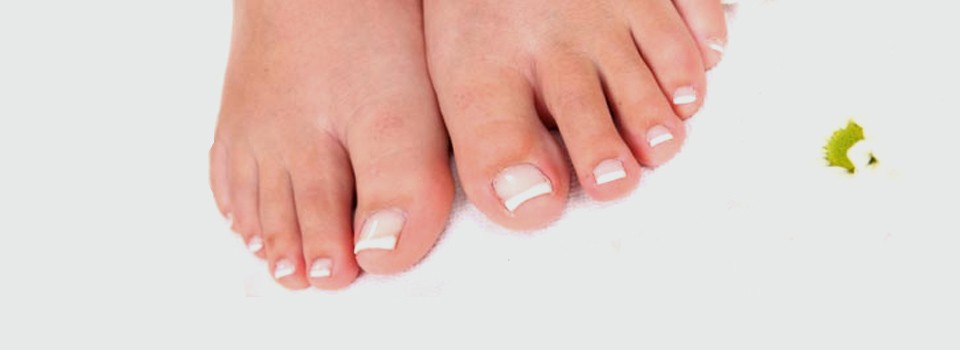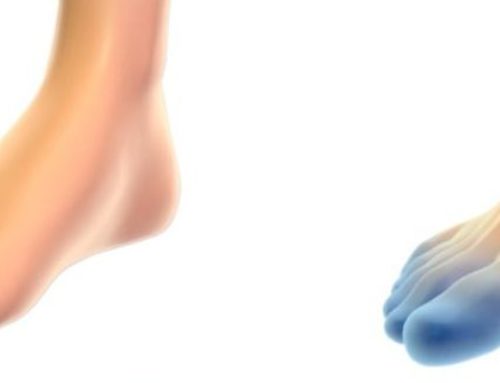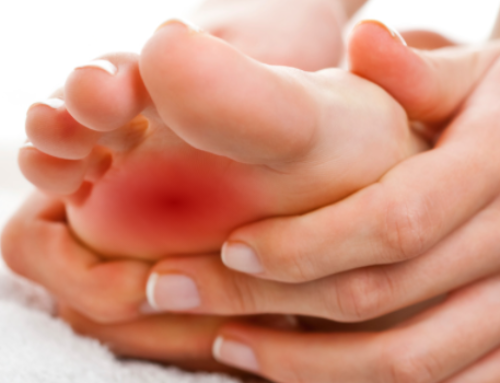
Hyperhidrosis is the medical term for excessive sweating and this is a common problem for many individuals. Although this is not a life-threatening condition, it is an annoying and embarrassing condition that can have a profound effect on a person’s social lifestyle. Areas affected by severe Hyperhidrosis may become discolored, inflamed and cracked. Medical treatment is necessary.
The specific cause is not exactly identified but some people believe that it may be a condition that is inherited. It can be a metabolic or neurological issue or hyperhidrosis can be triggered by emotions and heat. In many instances though, individuals who suffer with hyperhidrosis sweat excessively regardless of the temperature or their emotional state.
Sweating is a normal body function that protects the body from overheating and normal sweating increases when temperatures rise; after an exercise routine; or when a personal feels afraid, angry, embarrassed or nervous.
Hyperhidrosis patients’ sweat glands are overactive and produce excess amounts of fluids that strike at any time.
Diagnosis of hyperhidrosis is confirmed through several medical tests including:
- A Paper Test – where special paper is placed on the affected area to absorb the sweat and then it is weighed to determine the wetness.
- A Starch-Iodine Test – is when an iodine solution is used on the affected area (like soles of the feet) and then starch is sprinkled over the iodine. Depending on the color change, the exact location of the production of excess sweat is indicated.
- Standard laboratory test such as the function of thyroid glands, blood glucose levels and levels of uric acid. Urine samples may also be collected to rule out more serious medical condition.
This condition affects both and men and women and more than half of people who have a problem of excess sweating never seek treatment – mostly because they are not aware that effective treatment is available.
Available treatment options for Hyperhidrosis
Treatment usually progresses from over the counter treatment to prescriptions and then iontophoresis, Botox and surgery.
Iontophoresis is an FDA approved Hyperhidrosis treatment that involves putting feet into water and allowing a gentle electrical current to pass. This treatment is not painful and insurers may cover some or all of the costs. Positive results are usually seen in 10 sessions (which are approximately15 minutes long). Side effects, although rare, could include blisters and cracking of skin.
Botox (Botulinum) is a nerve toxin that is used to paralyze muscles. This was originally used as a cosmetic treatment (to reduce facial wrinkles) but it has been effective in treating headaches and muscle spasms. Botox injections can be uncomfortable for some people. On the positive side, one treatment of Botox has lasting effects up to 90 days.
Surgery is performed to destroy some nerves that supply sweat glands to the skins surface. Thoracic Sympathectomy has been said to be effective but also comes with great risk such as permanent nerve problems.
At Quality Foot Care, Dr. Lefkowitz treats Hyperhidrosis. Call the office at 215-230-9707 for an appointment.



